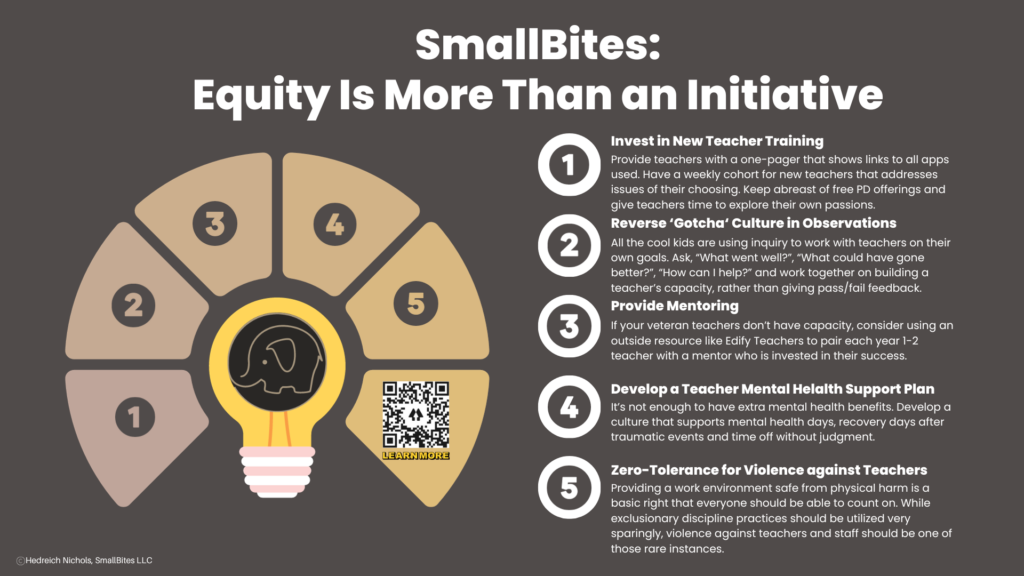Be a Better Teacher in <45 Hours Weekly
Wellness in educational spaces has become a trend that, while important, often falls flat in practice.That may be because teachers and administrators tend to forget that they have to actually make use of the time and tools given. Refilling your proverbial cup is the only way to ensure personal success and success for those in your charge. Less really is more and you CAN be a better teacher in less than a 45 hour work week.
Good quality teaching is dependent on you being consistently rested and regulated for the classroom day; and good quality teaching is foundational to providing equitable learning experiences for all your students. Similarly for administrators who balance many different types of duties daily, being well-rested and well-regulated is key to building a campus culture conducive to academic, emotional, and social success.
Consider using the 8-8-8 rule and an Eisenhower matrix to prioritize tasks. The 8-8-8 rule divides your day into 8 hours of work, 8 hours of sleep and 8 hours of personal time spent on self-care, friends, family, hobbies, etc. An Eisenhower matrix can help you decide whether a task has to be done now, can be scheduled for later or delegated. With practice, these tools will become a natural part of your daily planning.
Rules to Live By
Once you have a general idea of how you will prioritize your tasks, do these 5 things to ensure that you get the most out of your day without constantly working over a healthy capacity:
1. Decide how many hours you will work in a week. And then keep to it. My magic number was 45.
2. Delegate. Empower students. Have them manage the objective board, attendance, station timers and anything else that will give them a sense of ownership and responsibility.
3. Co-create with your students. For example, using student created review and test prep materials on Edpuzzle or Quizlet can build student confidence, skill, and capacity; and save you teacher time.
4. Stop using paper. Using an LMS like Google Classroom (or Canvas or Schoology if your district is so inclined) saves time and resources. Copier broken? Out of paper? No name papers? Make-up work? Put it all online. Create digital worksheets. Better yet, pay a niece, nephew or other older tech savvy student in your circle to do it for you. The time you take to do this ONCE will save you time all year so you can use you planning time to plan–and maybe even go to the restroom.
5. Go outside. This seems like a waste of time BUT research tells us that natural light boosts concentration, mood, energy and helps alleviate eye fatigue and headaches that come with florescent and computer screen lighting.
Putting in long hours can feel rewarding, but if you aren’t being smart about balancing that work time with other activities, you’ll suffer and so will the students and staff you serve. If you love what you do and love who you are doing it for, love them enough to practice work-life balance in earnest. Yes, some ‘important’ things may go undone, they sometimes do. But rest and recharging do not belong on the “do it tomorrow” list. Ever.
Be a Better Teacher in <45 Hours Weekly Read More »

